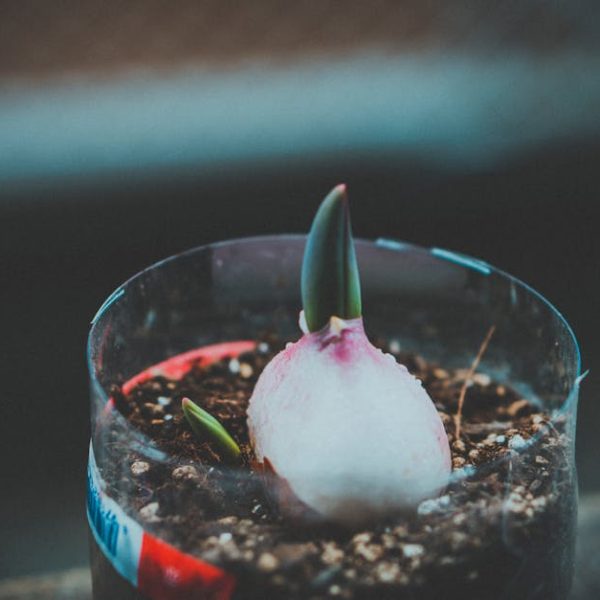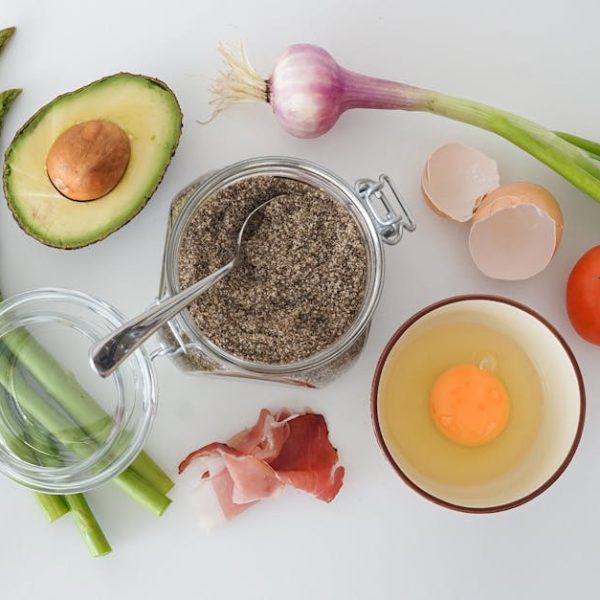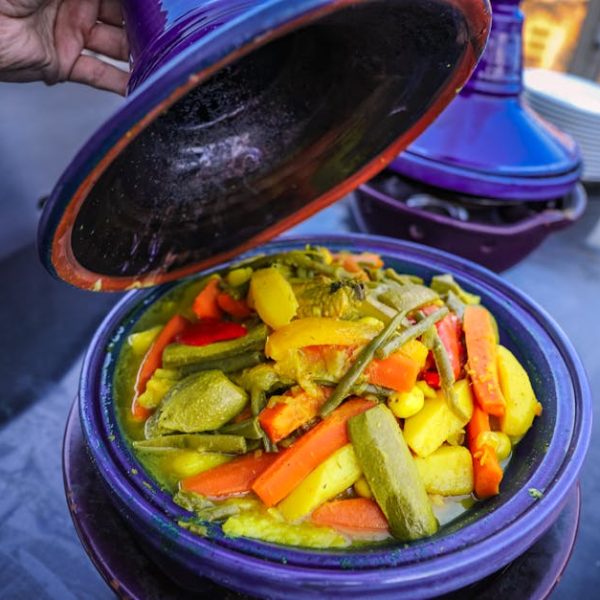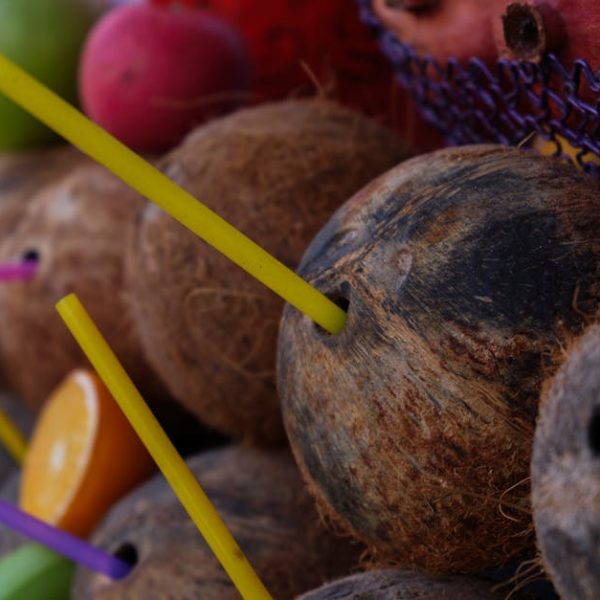When it comes to preserving radishes, it doesn’t get any simpler than your common household refrigerator. The first step in this method is to remove the radish tops, which can sap the moisture from the radishes and expedite spoilage. After thorough washing and drying, radishes should be stored in resealable bags or jars, keeping in mind to leave some air inside to promote an optimal humidity level.
Pro Tip: Ensure you check the radishes frequently for signs of rotting, removing any suspect individuals to prevent the spread and keep the remaining radishes fresh. Refrigerating radishes can extend their freshness for up to three weeks, perfect for maintaining a ready supply of crisp and delicious radishes for your recipes.
Canning: Best Long-Term Preservation Method
Moving towards techniques that allow for longer-term preservation, canning is a method that enables you to enjoy radishes all year round. The process involves briefly cooking the radishes before packing them into jars and sealing whilst still hot.
Checklist for Canning:
- A pressure canner or hot water bath canner *
- Jars (glass containers with lids and rings)
- Jar lifter *
- Lid lifter *
- Funnel *
- Bubble remover/heads pace tool *
Canning enhances the natural flavors of radishes, transforming them into a delicious staple that can last throughout the seasons. However, it is a time-consuming task and requires careful attention throughout the process.
Freezing: Ideal for Cooking Purposes
Radishes preserved through freezing undergo a substantial change in texture that ideally suits them for cooking. The textures of radishes, once frozen, become softer and more pliable, making them a flavorful addition to soups, stews, and a variety of other cooked dishes.
Best practices for freezing radishes include a quick blanching to kill active enzymes that could degrade quality over time, prompt draining and cooling, and maintenance of a freezing temperature below 0°C.
Freezing vs. Fridge Preservation
| Freezing | Fridge Preservation |
|---|---|
| Changes radish texture to soft | Retains crisp texture |
| Prepares radishes for cooking | Prolongs freshness for raw consumption |
| Can last months in the freezer | Keeps radishes fresh for up to three weeks |
Freezing or refrigerating radishes both have their specific advantages. The method you choose largely depends on how you plan to use your radishes in the kitchen.
Pickling: Tasty and Quick
Pickling is popular method for preserving radishes due to its simplicity and the delightful change it brings to their taste profile. A typical pickling solution contains equal parts of vinegar and water, along with a fair amount of salt and sugar. The pickling liquids acts as a preservative, extending the shelf life of radishes while adding a tangy twist that makes them an appetizing companion for a number of dishes.
The main con of pickling radishes, much like freezing, is the altered texture. For those who enjoy the crunchy bite of fresh radishes, pickling may not be your best preservation method. However, for those who appreciate a softer texture and zesty flavor, pickling could be the perfect match!
Ingredients for Radish Pickling:
- Red wine or apple cider vinegar *
- Water *
- Kosher or pickling salt *
- Sugar *
- Optional: herbs, spices
Dehydrating/Drying: For a Longer Shelf Life
Dehydrating radishes is a fantastic preservation method for those who appreciate snackable foods or love adding a unique twist to their soups. It involves drawing out the moisture content of the radishes to extend their shelf life and ends up producing tasty and crunchy radish chips.
Step-by-step Guide on How to Dehydrate Radishes:
- Begin by washing and thoroughly drying the radishes
- Slice the radishes evenly, ideally using a mandoline for uniformity. The thinner the slices, the faster they will dehydrate.
- Arrange the slices on the dehydrator trays, ensuring they don’t overlap.
- Dehydrate at 135°F until the radishes are crunchy, generally 6-10 hours.
- Once fully dehydrated, allow them to cool completely before storing in airtight containers.
Dehydrating is a convenient method if you seek long-term radish preservation but it requires a substantial amount of time to achieve full dehydration. With dehydrating, you can enjoy your radishes in a unique and savory way for many months after their harvest.
Final thoughts
To sum up, there are several great techniques available for preserving radishes: fridge preservation for short-term usage, canning for all-year consumption, freezing for cooking purposes, pickling for a tasty snack, and dehydrating for a crispy, long-lasting treat. The method you choose to preserve your radishes will largely depend on your personal preferences and your intended use for the radishes. So go ahead and try these preservation methods, and keep enjoying your delicious radishes for many more weeks (or even months) after harvesting!
Key Takeaway:
- The refrigerator provides a simple and short-term method for preserving radishes, maintaining freshness for up to three weeks.
- Canning offers a way for longer-term preservation, although it is time-consuming.
- Freezing radishes significantly alters their texture, which is suitable for preparing them for cooking purposes.
- The pickling method not only preserves radishes but also enhances their taste profile, albeit altering texture.
- Dehydrating radishes yields crunchy radish chips and provides a method for preserving radishes for a long duration, though it is time-consuming.
By choosing an appropriate method based on how long you want to preserve radishes and in which form you wish to consume them, you can enjoy these root vegetables throughout the year.
FAQs
Q: Can I preserve radishes without altering their crunchy texture?
A: Yes, Fridge preservation helps retain the crisp, fresh texture of radishes, providing a supply of fresh radishes ready for consumption for up to three weeks.
Q: How do I preserve radishes if I plan to use them in cooking after some months?
A: Freezing is an ideal method for preserving radishes if you’re planning on cooking with them in the future. Frozen radishes take on a softer, more pliable texture which is perfect for stews, soups, and other dishes.
Q: I prefer a spicy tang to my radishes. Is there a preservation method for that?
A: Absolutely! Pickling radishes will not only keep them good for a long time but will also infuse them with a tasty tang. Be aware that this will make the radish softer.
Q: I like snackable foods. Can radishes be preserved in that form?
A: Yes! The dehydrating method is exactly what you need. It turns fresh radishes into crunchy radish chips, a delicious and long-lasting treat that you can easily snack on.
Q: What tools would I need for canning radishes at home?
A: The primary tools needed for canning include a pressure canner or a hot water bath canner, jars with lids and rings, a jar lifter, a lid lifter, a funnel, and a bubble remover or headspace tool.
We invite you to share this article and explore other informational posts on our website. Happy preserving!






